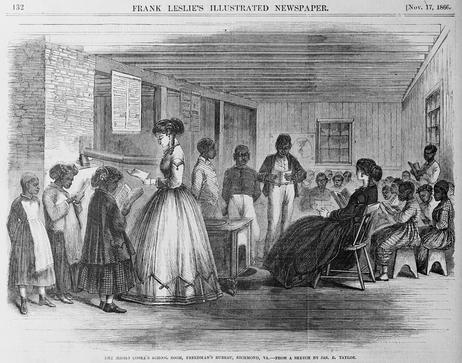When "scholarship" is mentioned, many people immediately think of college tuition. However, many need to realize that scholarships for K -12 students are a growing trend, providing financial assistance for everything from tuition to extracurricular activities and educational travel. This guide highlights these opportunities that can significantly benefit parents and students alike.
Many accomplished individuals, including celebrities and leaders in various fields, have benefited from scholarships during their educational journeys. For instance, former First Lady Michelle Obama received a scholarship that helped her attend Princeton University, paving the way for her remarkable career in law and advocacy. Another notable example is Nobel laureate and renowned physicist Albert Einstein, who received a scholarship to attend the Swiss Federal Polytechnic School, setting the stage for his groundbreaking scientific contributions. These stories demonstrate how scholarships can empower students to reach their full potential and make a lasting impact on the world.
When seeking scholarships, being organized and persistent is key to success. It's not a one-and-done situation; it requires a strategic and sustained effort. Imagine it as a marathon rather than a sprint. To maximize your chances of securing financial aid, you should set aside time each week to research and apply for scholarships. Aim to submit 2 or 3 scholarship applications consistently over 6 to 8 weeks. This approach allows you to cast a wide net and increase your chances of receiving funding. Stay organized by creating a calendar or spreadsheet to track application deadlines, requirements, and submission status. Persistence






















